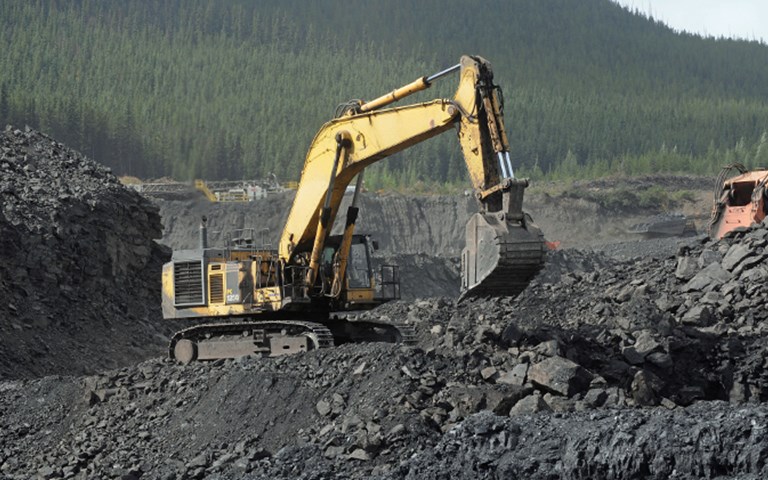Collectively coal power use from Saskatchewan, Alberta, New Brunswick, and Nova Scotia makes up 10 per cent of Canada’s GHG emissions. Courtesy of Walter Energy Canada via the Coal Association of Canada
Canada will accelerate its transition from traditional coal power to clean energy by 2030, joining nearly 200 countries setting national targets to cut carbon emissions by that year or sooner under the Paris Agreement. Environment Minister Catherine McKenna announced regulatory actions to speed up the changeover in late November.
“Taking traditional coal power out of our energy mix and replacing it with cleaner technologies will significantly reduce our greenhouse gas (GHG) emissions, improve the health of Canadians, and benefit generations for years to come,” McKenna said in a news release on Nov. 21.
Saskatchewan, Alberta, New Brunswick, and Nova Scotia use coal for power-generation and will be most affected by the changes. Their collective coal power use makes up 10 per cent of Canada’s GHG emissions. Closing the traditional coal plants in these provinces will prevent five megatonnes in GHG emissions in 2030, but, according to the Coal Association of Canada (CAC), it will also result in job losses and increased electricity costs for Canadians.
“We feel that investment in the coal industry will do much more to reduce global emissions than to turn our backs on a form of power generation that supplies 40 per cent of the world’s electricity,” said CAC president Robin Campbell in a statement expressing disappointment at the decision.
By 2030, non-emitting sources, such as hydro, wind and solar, will generate 90 per cent of Canada’s power, up from 80 per cent currently.
CAC supports reduced emissions and increased efficiency in the sector but would prefer to see investment in cleaner coal technologies rather than an accelerated phase-out. However, CAC does support the federal government’s decision to not include units that are employing carbon capture and storage (CCS) in the phase-out, citing Saskatchewan’s Boundary Dam project as a great example of how far CCS technology has come and the potential to utilize it around the world.
In the days after the announcement, both Nova Scotia and Saskatchewan negotiated agreements with the federal government to continue using coal-fired power plants after 2030. Nova Scotia, in turn, must cut 4.5 megatonnes of CO2 emissions after 2030. Saskatchewan’s in-principle equivalency agreement allows the province to meet federal emission requirements through CCS and other renewable electricity and lower-emissions electricity sources, rather than the regulation of every coal-fired plant.
“Saskatchewan can also continue to use coal in a responsible manner beyond 2030 as long as equivalent emission-reduction outcomes are achieved,” said Scott Moe, Saskatchewan’s environment minister in a statement on Nov. 28.




